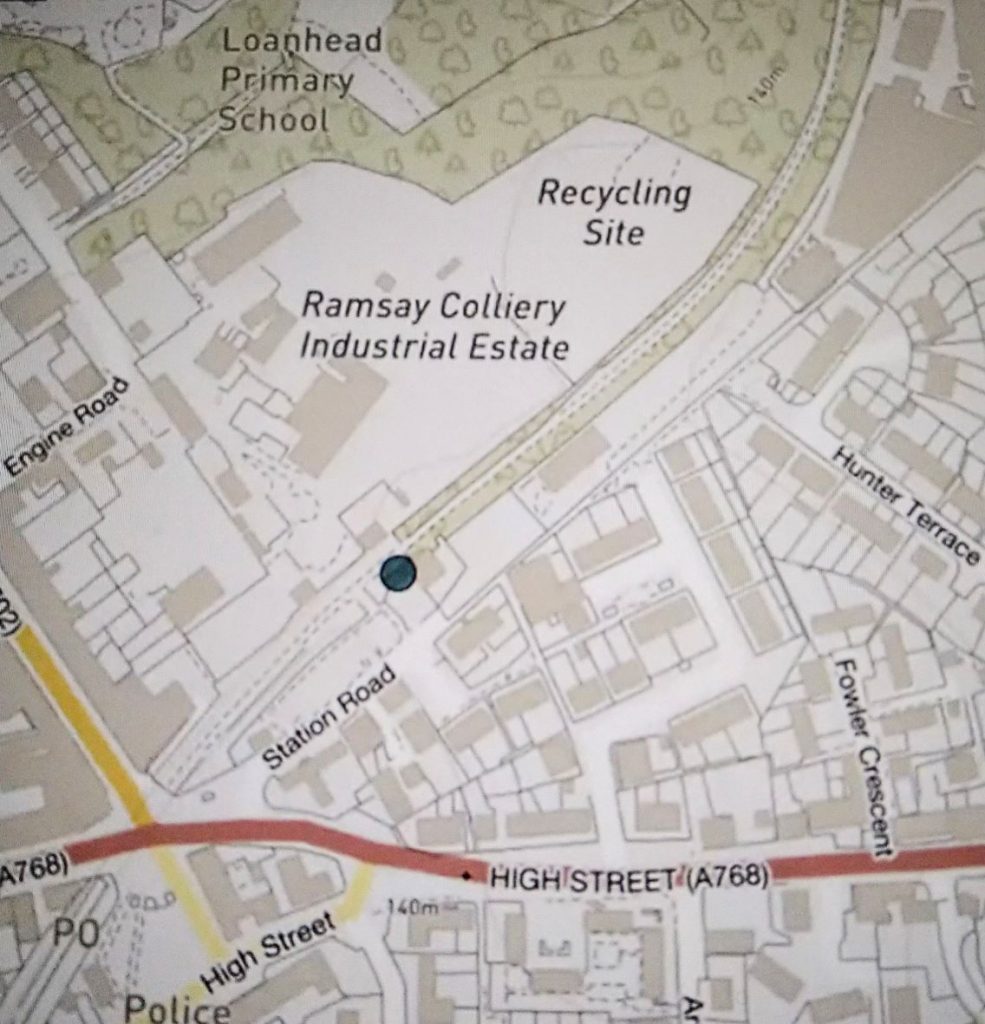About Whitehill and the Quests

The industrial history of East Lothian and Clackmannanshire is marked by historical events and individual decisions. The Wardlaw Ramsay papers chart the progress of a local family from the 17th to 20th century and provide insights into the difficulties and solutions that accompanied the development of industry and coal mining in these regions and around Edinburgh.
Personal ambitions were defined by the opportunities that presented in each generation – a baronetage, a seat in Parliament, a lucrative position, an inheritance, a marriage, an opportunity to serve in the East India Company, or the army.
The Ramsay family’s’ association with Whitehill dates back to the middle ages, when part of the Dalhousie estates. However, our story begins when the advocate James Ramsay acquired the towerhouse as a suitable base for his new status as 1st Baronet of Whitehill. The original building was given a Georgian front, and survived to the 19th century. Successive generations invested in salt-pans, potteries, agriculture, and mines. Younger brothers, wives and in-laws would help manage these concerns; sons were sent to Holland to learn business skills. The Whitehill estate was protected by entail, so could not be sold.
By the 19th century, coal mining had become the dominant industrial concern; the family built a village and church for Italian miners in Rosewell. The house at Whitehill was rebuilt in the 1840s, in lavish Renaissance style.
The coal brought astonishing wealth to a family whose members were enthusiastic supporters of the Temperance Society and showed a lively interest in the arts, and attended the Charlotte Chapel. Whitehill house was filled with Italian art.
However, the price of coal collapsed in the 1850s, and Robert Balfour Wardlaw Ramsay narrowly avoided bankruptcy by selling his coal mines and every painting of note. The family went to live in Paris for a couple of years, before returning to Whitehill. The house was then let to a succession of tenants (to W. Wieland, Secretary of the North British Railway in 1887) and the family simply moved around the United Kingdom, renting houses in different places to raise the growing children in. They used Whitehill for family events, notably marriages.
The last farms were sold in the 1920s, by which time entail could no longer be enforced in law; the last male family member developed a keen interest in genealogy and made sure the Wardlaw Ramsay archive was donated to the Scottish National Archives.
Arthur Wardlaw Ramsay also preserved the family portraits. These are presented in chapters, Quests, with objects that belonged to each individual, such as sketch books, albums, memoirs, dressing table sets, miniatures, maps, etc. and accompanied by thematic narratives for each Quest, constituting an engaging and informative historical resource. The Blog (no 9) features insights relating to site visits and archival research.
This project aims to distil information contained in the Wardlaw Ramsay archive with a view to creating an accessible account of the early industrial development of the landscape around Edinburgh. We invite contributions relating to the former Whitehill estate, from local historians, and residents with an interest in the industrial archaeology of the area.

Ramsay Colliery in Lonehead